


Books in series

Butterflies
1945

British Game
1946

London's Natural History
1945

Britain's Structure and Scenery
1946

Wild Flowers
Botanising in Britain
1954

The Highlands and Islands
1947

Natural History in the Highlands and Islands
2012

Mushrooms And Toadstools
1953

Insect Natural History
2008

A Country Parish
1951

British Plant Life
1948
Mountains and Moorlands
1950
The Sea Shore
1949

Snowdonia
The National Park of North Wales
1949

The Art of Botanical Illustration
1950

Life in Lakes and Rivers
1951

Wild Flowers Of Chalk & Limestone
1950

Birds and Men
1951

A Natural History of Man in Britain
1951

Wild Orchids Of Britain
1951

The British Amphibians & Reptiles
1951

Climate and the British Scene
1952

The Weald (New Naturalist, #26
1953

Dartmoor
1953

Sea-Birds
1954

The World Of The Honeybee
1954

Moths
1954

Man & the Land
1955

Trees, Woods and Man
1956

Mountain Flowers
1956

Insect Migration
1958

The Open Sea 2
Fish and Fisheries
1959

The World of Spiders
1958

The Folklore of Birds
1958

Bumblebees
1959

Dragonflies
1960

Fossils
1960

Weeds and Aliens
1961

The Peak District
1970

The Common Lands of England and Wales
1963

The Snowdonia National Park
1966

Pesticides And Pollution
1967

Man And Birds
1971

Woodland Birds
1971

The Lake District
1973

The Pollination Of Flowers
1973

Finches
1972

Pedigree
The Origins of Words from Nature
1974

British Seals
1974

Hedges
1974

Ants
1977
British Birds Of Prey
1976

Inheritance And Natural History
1977

British Tits
1979

British Thrushes
1978

The Natural History of Shetland
1980

Waders
1980

The Natural History of Wales
2013

Farming And Wildlife
1981

Reptiles And Amphibians In Britain
1989

Heathlands
1986

The New Forest
1986

Ferns
2013
Freshwater Fish
1992

The Soil
2013

British Larks, Pipits And Wagtails
1992
Wild and Garden Plants
1993

Ladybirds
1994

The New Naturalists
1995

The Natural History of Pollination
1996

Ireland
2000

Plant Disease
1999

Lichens
2000

Amphibians and Reptiles
2000

Loch Lomondside
2001

The Broads
2001

Moths
2002

Nature Conservation
2002

Lakeland
2002

British Bats
2003

Seashore
2004

Northumberland
2004

Fungi
2005

Mosses and Liverworts
2005

Bumblebees
2006

Gower
2006

Woodlands
2006

Galloway and the Borders
2007

Garden Natural History
2007

The Isles of Scilly
2007

A History of Ornithology
2007

Wye Valley
2008

Dragonflies
2008

Grouse
2008

Southern England
2008

Islands
2009

Wildfowl
2009

Dartmoor
2009

Books and Naturalists
2010

Bird Migration
2010

Badger
2010

Climate and Weather
2010

Plant Pests
2011

Plant Galls
2011

Marches
2011

Scotland
2012

Grasshoppers and Crickets
2012

Partridges
2012

Terns
2013

Bird Populations
2013

Owls
2014

Nature in Towns and Cities
2013

Lakes, Loughs and Lochs
2015

Alien Plants
2015
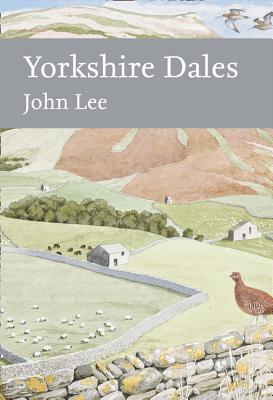
Yorkshire Dales
2015

Shallow Seas
2016
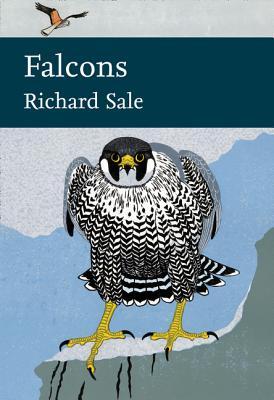
Falcons (Collins New Naturalist Library)
1703
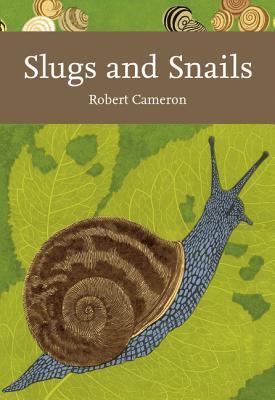
Slugs and Snails
2016
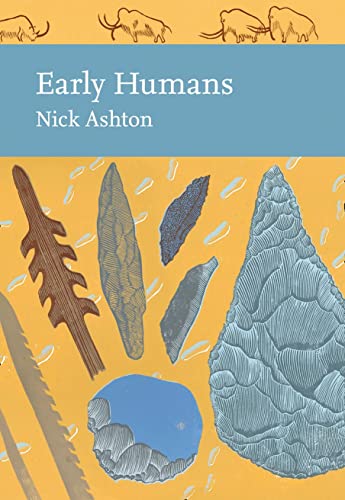
Early Humans
2017

Farming and Birds
2017
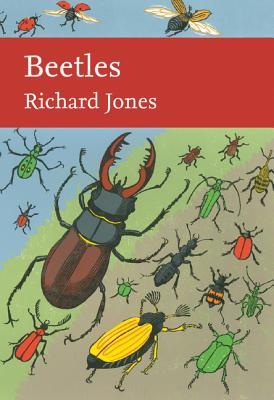
Beetles
2018

Hedgehogs
1994
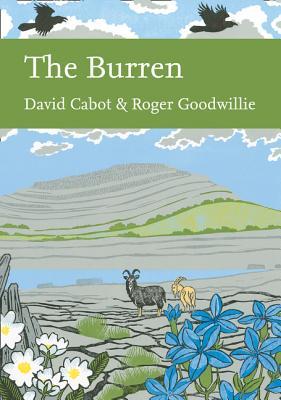
The Burren (Collins New Naturalist Library)
2019
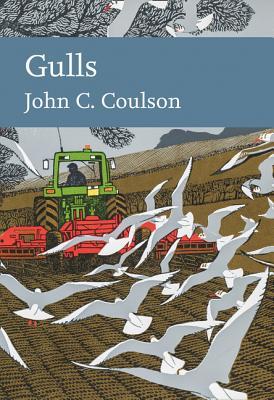
Gulls (Collins New Naturalist Library)
2019
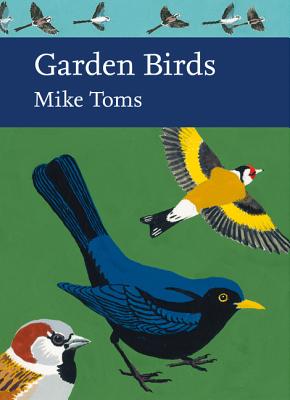
Garden Birds
2019
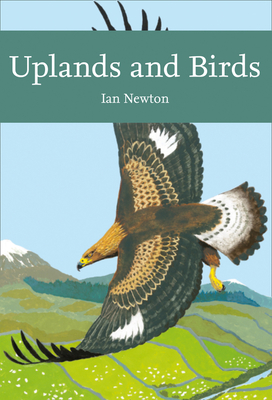
Uplands and Birds
2020
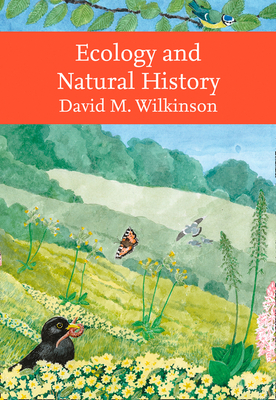
Ecology and Natural History
2021
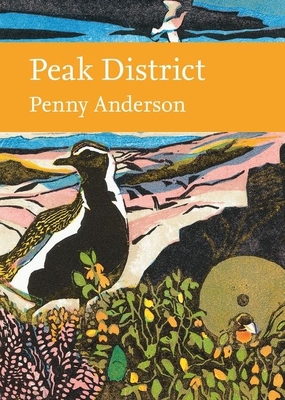
Peak District
1962
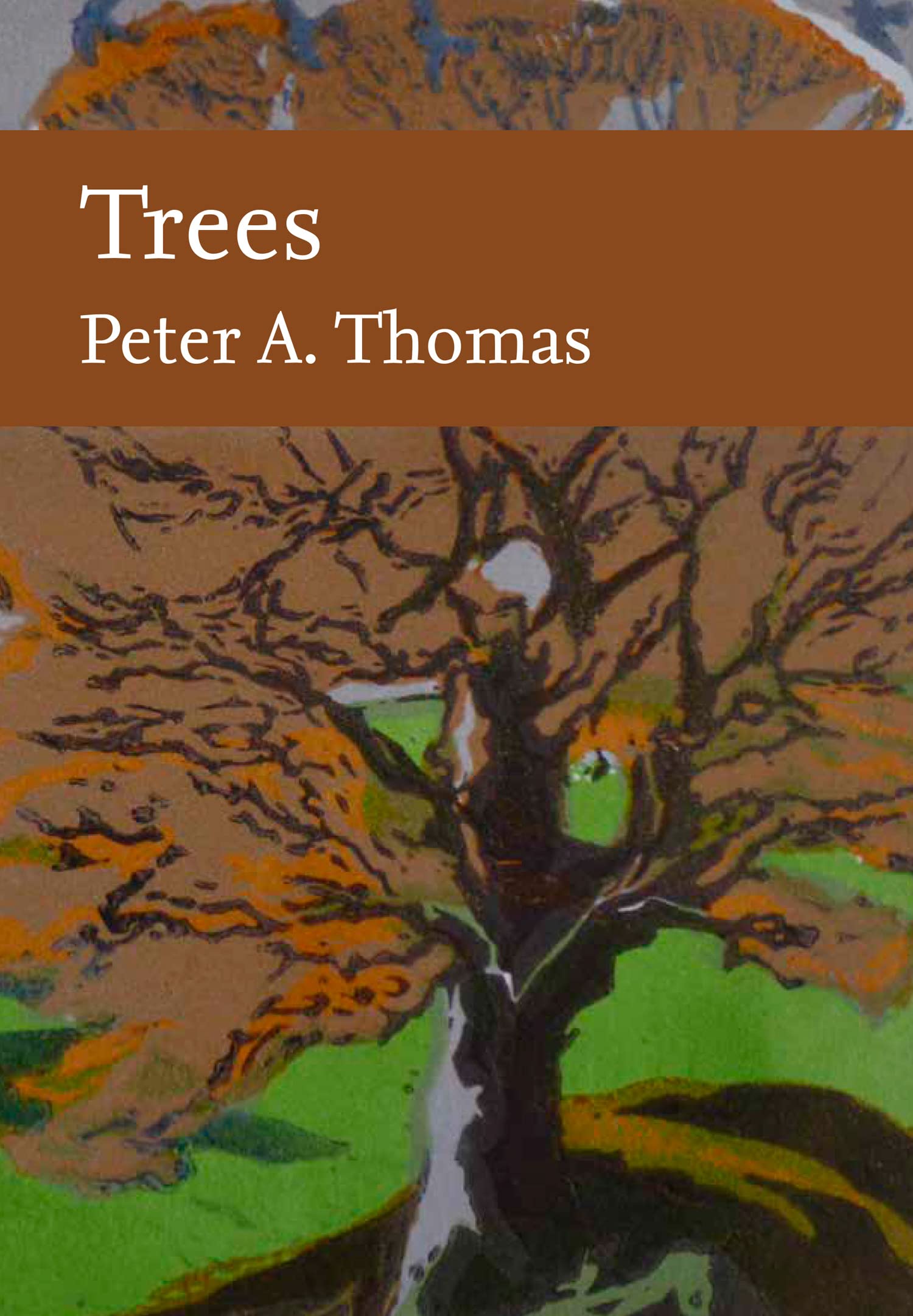
Trees
1999
Authors
David M. Wilkinson is an ecologist with very wide interest, having published research on organisms ranging from bacteria to sauropod dinosaurs. He was a Reader in environmental science at Liverpool John Moores University, where he taught for almost a quarter of a century. He is now visiting Professor in ecology at the University of Lincoln, and an honorary research fellow in archaeology at the University of Nottingham. His book Fundamental Processes in Ecology; An Earth Systems Approach won the British Ecological Societies book of the year award in 2007.
From Wikipedia, the free encyclopedia Robert James "Sam" Berry FRSE FSB is a British geneticist, naturalist and Christian. He was professor of genetics at University College London between 1974-2000. He was president from 1983 to 1986 of the Linnean Society, the British Ecological Society and the European Ecological Federation. A Christian, Berry has spoken out in favour of evolutionary creationism, and served as a lay member of the Church of England's General Synod and president of Christians in Science. He gave the 1997–98 Glasgow Gifford Lectures entitled Gods, Genes, Greens and Everything.
Librarian note: There is more than one author in the GoodReads database with this name Ian Newton OBE FRS FRSE is an English ornithologist. (source: Wikipedia)
Librarian Note: There is more than one author in the Goodreads database with this name. This profile may contain books from multiple authors of this name. Other authors publishing under this name are: John Mitchell John Mitchell (1711-1768 ) John Mitchell John Mitchell ( -1768) John Mitchell John Mitchell (1785-1859) John Mitchell (1786-1856) John Mitchell (1794-1870) John Mitchell (1870-1919) John Mitchell ( -1885) John Mitchell (1913-1996) John Mitchell (1918- ) John Mitchell (1921- ) John Mitchell (1923- ) John Mitchell (1928- ) John Mitchell (1930- ) John Mitchell (1936- ) John Mitchell (1948- ) John Mitchell (1964- ) John Mitchell (1967- )
Ronald Mathias Lockley, known in his published works as R. M. Lockley, was a Welsh ornithologist and naturalist. He wrote over fifty books on natural history. Read more about him from this BBC profile: http://www.bbc.co.uk/blogs/wales/entr...

Sir Frank Fraser Darling FRSE LLD (born Frank Darling) was an English ecologist, ornithologist, farmer, conservationist and author, who is strongly associated with the highlands and islands of Scotland. While working as a Clean Milk Advisor in Buckinghamshire, and longing for a research post in Scotland, Fraser Darling heard about the work of the Institute of Animal Genetics at Edinburgh University, and in the early 1930s the Director, Francis Albert Eley Crew, offered him a place there to study for a PhD. From 1929–1930 he was Director of the Commonwealth Bureau of Animal Breeding and Genetics, part of the Commonwealth Agricultural Bureaux, at Edinburgh. In 1934 he was elected a Fellow of the Royal Society of Edinburgh. Living at Dundonnell and later in the Summer Isles, Fraser Darling began the work that was to mark him as a naturalist-philosopher of original turn of mind and great intellectual drive. He described the social and breeding behaviour of the red deer, gulls, and the grey seal respectively, in the three academic works A Herd of Red Deer, Bird Flocks and the Breeding Cycle and A Naturalist on Rona. In 1944, the wartime Secretary of State for Scotland, Thomas Johnston, appointed Fraser Darling as Director of the West Highland Survey, tasked with gathering facts to inform future land use and management in the Highlands and Islands. His report, West Highland Survey: An Essay in Human Ecology, was finally published in 1955.

Oliver Rackham OBE FBA was an English academic who studied the British countryside, especially trees, woodlands and wood pasture, Rackham wrote a number of books, including The History of the Countryside (1986) and one on Hatfield Forest. He also studied and published extensively on the ecology of Crete, Greece. In 1998 he was awarded the OBE for "services to Nature Conservation". In 2006 he was appointed Honorary Professor of Historical Ecology in the Department of Plant Sciences, University of Cambridge. He was a Life Fellow of Corpus Christi College, Cambridge and Keeper of the College Records. On 15 October 2007 Rackham was elected Master of Corpus Christi College until 1 October 2008.
Librarian note: There is more than one author in the Goodreads database with this name. Richard West (Goodreads Author) - Vegan cookbooks and children's stories Richard West - Conservative American politics Richard West - Letters and poetry (1716-1742) Richard West - British journalist and biographer (1930-2015) Richard L. West - Communications expert (sometimes credited as Richard West)
John Gilmour, M.A., V.M.H. Former Director of the University Botanic Garden and Fellow of Clare College, Cambridge.

Edmund Brisco "Henry" Ford FRS Hon. FRCP (23 April 1901 – 21 January 1988) was a British ecological geneticist. He was a leader among those British biologists who investigated the role of natural selection in nature. As a schoolboy Ford became interested in lepidoptera, the group of insects which includes butterflies and moths. He went on to study the genetics of natural populations, and invented the field of ecological genetics. Ford was awarded the Royal Society's Darwin Medal in 1954. Later, in 1968, he was awarded UNESCO's Kalinga Prize for the popularisation of science. Ford was born in Papcastle, near Cockermouth, in Cumberland, England, in 1901. He was educated at Wadham College, Oxford University, graduating in zoology in 1924. Ford never married, had no children, and was considered decidedly eccentric. Non-academic information on his life is hard to come by, mostly consisting of scattered remarks made by colleagues. He campaigned strenuously against the admission of female Fellows to All Souls College. Miriam Rothschild, an outstanding zoologist, was one of the few women with whom Ford was on good terms. Rothschild and Ford campaigned for the legalisation of male homosexuality in Britain. Ford was on good terms with Theodosius Dobzhansky, who did ground-breaking work on ecological genetics with Drosophila species: they exchanged letters and visits. Ford has a Royal Society biographical memoir, but there are few other sources on his life. Ford's career was based entirely at Oxford University. A.J. Cain said he took a degree in classics before turning to zoology. Ford read zoology at Oxford, and was taught genetics by Julian Huxley. "The lecturer whose interests most closely reflected mine was Julian Huxley. I owe him a great debt, especially for inspiration... Even though Huxley was... only at Oxford from 1919 to 1925, he was the most powerful voice in developing the selectionist attitude there... I met Ray Lankester through E.B. Poulton. He was already an old man... but talked to me a good deal of Charles Darwin and Pasteur, both of whom he knew."
Librarian Note: There are multiple authors in the Goodreads database with this name. John Lee*, Mystery & Thrillers, Journalist John Lee, 1850-1922 John Lee, Fiction, wrote "Unicorn Saga" John Lee, b.1946, History John Lee, British actor, voice actor, professional narrator, and playwright John Lee, Allergist John Lee, Travel writer John Lee, "the Wealth Dragon", Entrepreneur and property investor John Lee, Gay Love & Erotica John Lee*, Fantasy John Lee*, author and illustrator, "Joy Sun Bear" John Lee, 1779-1859 John Lee, "the Dealionaire", real estate investor John Lee, Baron, British MP John Lee, wrote "MonsterFungus" series John Lee, petroleum engineering John Lee, English, early modern studies John Lee, economics, South East Asia An asterisk (*) indicates that this is a Goodreads Author

Librarian Note: There is more than one author in the GoodReads database with this name. See this thread for more information. British writer on birds.

Edward Max Nicholson (1904 - 2003) was a pioneering English environmentalist, ornithologist and internationalist, and a founder of the World Wildlife Fund. He also wrote as Max Nicholson. Max Nicholson, as he was known to all, was born in Kilternan, Ireland, to English parents. His family moved to England in 1910, settling in Staines. He became interested in natural history after a visit to the natural history museum and later took to birdwatching, beginning to maintain a list of birds seen from 1913. He was educated at Sedbergh School in Cumbria and then Hertford College, Oxford from 1926, winning scholarships to both. At Oxford, he read history and visited Greenland and British Guiana as a founder member of the Oxford University Exploration Club. At Oxford, he organized bird counts and censuses on the University's farm at Sanford. In 1928, Nicholson created and managed the first national birdwatch survey, a survey of the grey heron.
Peter Michael Miles Bircham See also Peter Bircham
Max Walters, M.A., PH.D. Director of the University Botanic Garden and Fellow of King's College, Cambridge.

From wikipedia: John Ramsbottom OBE FLS (15 October 1885 – 14 December 1974) was a British mycologist.[1] John Ramsbottom was born in Manchester. He graduated from Emmanuel College, Cambridge, and joined the staff of the British Museum of Natural History in 1910. From 1917 to 1919, he served in Salonika, Greece, first as a civilian protozoologist, then as captain in the Royal Army Medical Corps.[1] He was appointed a Member of the Order of the British Empire in the 1919 New Year Honours, "for valuable services rendered in connection with Military Operations in Salonika,"[2] and later appointed an Officer of the Order. From 1929 to 1950, he was Keeper of Botany at the British Museum. He served as general secretary and twice as president of the British Mycological Society, and was long editor of its Transactions. He was president of the Quekett Microscopical Club from 1928 to 1931 and was elected an Honorary Member in 1937. He was president of the Linnean Society from 1937 to 1940 and was awarded their Linnean Medal in 1965. Ramsbottom was President of the Society for the History of Natural History from 1943 to 1972. He was made an Honorary Member in 1972. Legacy Dr Ramsbottom made a bequest to the Society in his will and it was decided to utilise this to establish The Ramsbottom Lecture, to be given at the Society's International Meetings, the first being delivered in April 1976. In 1923, W.D. Buckley in Trans. Brit. Mycol. Soc. vol.9 published Ramsbottomia, which is a genus of fungi in the family Pyronemataceae and named in Ramsbottom's honour.[3]

Herbert John Fleure, FRS was a zoologist and geographer. He was secretary of the Geographical Association, editor of Geography, and President of the Cambrian Archaeological Association. He served as the President of the Geographical Association in 1948. Fleure was born in Guernsey, the son of Jean Fleure and Marie Le Rougetel. In 1897, he attended the University of Wales, Aberystwyth, where he founded the Student Representative Council. He graduated B.Sc. with first-class honours in late 1901 and was offered a University Fellowship. He went on to study at the Zoological Institute in Zurich, Switzerland. Returning to Wales, Fleure became Head of the Department of Zoology at Aberystwyth in 1908. He assisted Professor Patrick Geddes with the mounting of the Cities and Town Planning Exhibition in Dublin in August 1914. In 1917, he became Professor of Anthropology and Geography at the university, holding the post until 1930, when he became Professor of Geography at Victoria University, Manchester. He was made a Fellow of the Royal Society in 1936. Following his retirement in 1944, he was President of the Royal Anthropological Institute from 1945 to 1947. He was a founder member of the Guernsey Society, which was established in 1943 to represent the interests of the Nazi-occupied island to the British Authorities. After the war, he was a regular contributor to The Quarterly Review, as well as to The Guernsey Farmhouse, a book published by the Society in 1964 celebrating the ancient family houses in the island. He also authored biographies of several scientists including Arthur Robert Hinks, Alfred Cort Haddon, James George Frazer and Emmanuel de Margerie. From 1927 through 1956 he was the co-author of the ten volumes of The Corridors of Time by Harold John Edward Peake.

Sir Laurence Dudley Stamp, CBE, DSc, D. Litt, LLD, Ekon D, DSc Nat, was professor of geography at Rangoon and London, and one of the internationally best known English geographers of the 20th century. Educated at King’s College London, he specialised in the study of geology and geography and taught at the universities of Rangoon (1923–26) and London (1926–45). From 1936 to 1944 he directed the compilation and publication of the report of the Land Utilisation Survey of Britain. He worked on many official enquiries into the use of land and planning.

